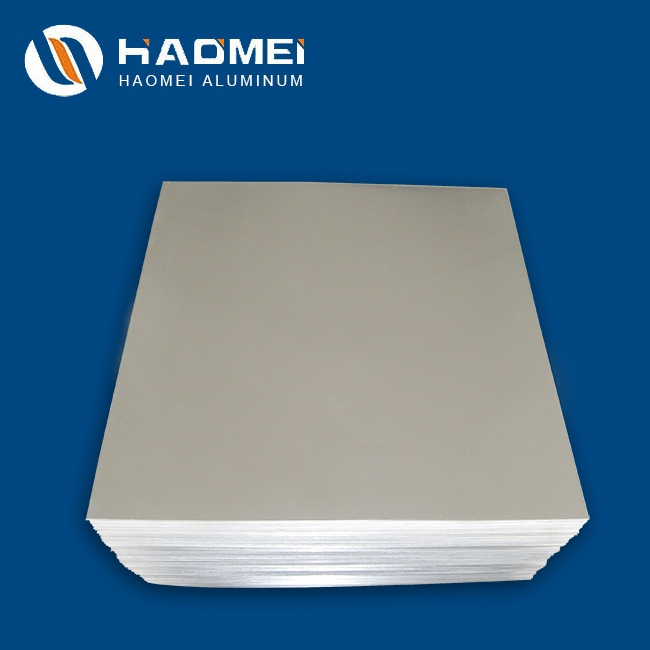Currently Empty: $0.00
How to Solve End Shrinkage in Aluminum Sheet

End shrinkage in aluminum sheet refers to hopper-like surface in the cross profile of a sheet. There are two usual types of end shrinkage: first grade and second grade. The first grade is normally located in the heart of a cross profile, with shapes of crinkles or funnels. The second grade, on the other hand, is usually spotted at a semi-sphere of a profile. It looks like a new noon. Occasionally continuous or discontinuous cracks can be found at the layer that is around 1mm far from the surface. These cracks, because of their rarity, are regarded as the third grade of end shrinkage. Generally speaking, end shrinkage of forward extrusions is longer than that of backward extrusions, and soft alloys longer than hard ones. In forward extrusions, the shrinkage is mostly circular layers, while in backward ones, it is commonly a funnel in the middle.

To solve the problem of end shrinkage in aluminum sheet, we must first figure out the reasons for end shrinkage. The first possible reason is unreasonable defective material or back-end crop. High temperature or dirty interior cover of containers can also lead to end shrinkage. Besides, the pressure pads must be clean and normally shaped without stains or oil, and the container must be symmetrical with the pressure shaft. Another possible root is disqualified aluminum ingots. Based on the reasons above, there are six solutions for end shrinkage in aluminum sheet. First, defective materials and end crops must be left in strict accordance with relative rules. Second, the molds, including containers and pressure pads etc, must be kept clean. Third, try to improve the surface quality of aluminum ingots which should be clean and smooth. Fourth, put both pressure temperature and speed under reasonable control. Fifth, no rubbing of oil should be allowed in addition to special requirements. Last, leave the pressure pads alone until they get cooler.

